Thomas Gainsborough
1727-1788 England/Rococo
Go to page 2.
Click an Image to Enlarge
John Montagu

Mrs Hatchett

Mrs Drummond

Mrs Peter Baker

Cottage Girl

David Garrick

The Wood Gatherers

A Boy with a Cat

Mrs Thomas Hibbert

The Blue Boy

Octavius

Hon F Duncombe

View in Suffolk

Landscape

Landscape in Suffolk

A Grand Landscape

Seashore
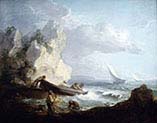
Be Soaked

Harvest Wagon
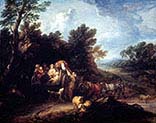
Drinkstone Park
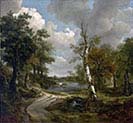
Heneage Lloyd
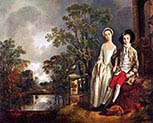
The Mall

Conversation
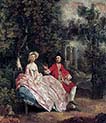
River Landscape
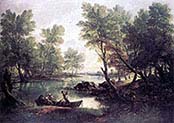
A Gentleman

Painters' Daughters

Master Nicholls

The Charterhouse

Charlotte G

Count Rumford

Edward Vernon

Elizabeth Wrottesly

Francis Rawdon

Wooded Upland

Grace D Elliott
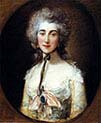
Isaac H Sequeira
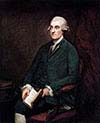
Richard Savage

James Maitland

Jean Joseph Merlin

The Stuarts

John Campbell

John Henderson
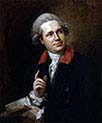
John Hobart

John Russell
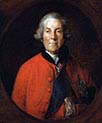
Joseph Gibbs

Karl Friedrich Abel

Lady Alston

Lady Bate Dudley

Lady Cavendish

Lady in Blue

Lady Sheffield

Lord Ligonier

The Artist's Wife

Mary Gainsborough
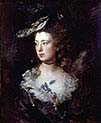
Master Heathcote

Mrs Grace D Elliot

edward r gardiner
